
What Are Some Things You Can Do to Show Your Horse That You Are the Boss?. Showing your horse that you are the leader can mean the difference between a safe, fun relationship or one steeped in fear and defiance. Considering the fact that a horse weighs approximately 1,000 pounds, the horse's handler must maintain confidence while working with the horse, or else the safety of the handler and the horse may be in jeopardy. From the moment you set foot in the barn, set the tone that will make your horse respect you and follow your cues.
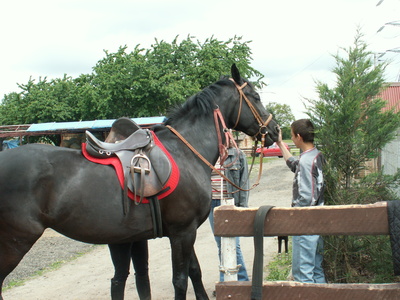
Your body language sets the tone for the training session with your horse. Approach your horse carefully but with confidence. Your horse will pay attention to your approach. Stand up straight when working with your horse. If you have a horse that moves forward when you want him to stand quietly, ask him to back up two steps. Apply light pressure on his chest with your hand and say, "Back up." The horse will move away from your pressure. If he does not listen, tap his chest with a crop and continue to say "back up" until he moves away from the sensation. This asserts your position as the leader.
Ask your horse to complete an exercise or activity before he decides to do something he wants. Asking your horse to lower his head, move over or take a step back will bring the horse's focus back to you, waiting for the next cue. When you ask for a cue and the horse obeys, immediately stop asking and praise him. Your horse will quickly learn that listening to your commands results in a reward. Your horse will quickly recognize that it is more pleasant to do what you ask than to fight with you. If he is responsive to your cues, keep the training session short and always end on a positive note.
Control your horse by focusing on his nose, shoulder or hips. If you can control a horse's hip by asking him to move his hind end over, you will begin to be able to control the entire horse. Controlling the nose aids in movement and leading. The hips control speed and momentum, and moving the shoulder establishes the space between you and your horse. If your horse begins to misbehave, focus on moving one section of the body at a time to get your horse's attention again.
Horses respond to quiet leadership in a positive manner. Shouting or excessive use of force will make the horse reluctant and wary of you, distancing your partnership and instilling fear instead of cooperation. When a horse moves in the direction you wish him to, he is agreeing that you are the boss; and giving your horse positive reinforcement such as a pat on the neck or giving praise vocally will accelerate your training far more than harsh treatment.
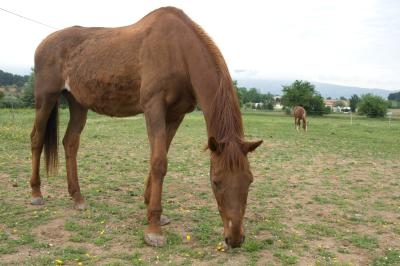 How to Fatten an Underweight Horse Safely
How to Fatten an Underweight Horse Safely
How to Fatten an Underweight Horse Safely
How to Fatten an Underweight Horse Safely
 How to Establish the Value of a Horse Trailer
How to Establish the Value of a Horse Trailer
How to Establish the Value of a Horse Trailer
How to Establish the Value of a Horse Trailer
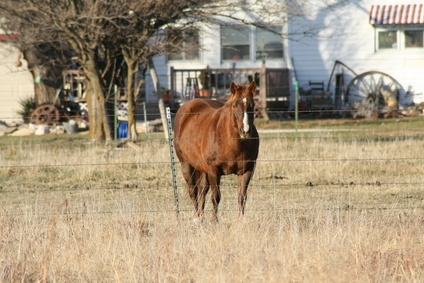 Horse Fence Height Requirements by Breed
Horse Fence Height Requirements by Breed
Horse Fence Height Requirements by Breed
Horse Fence Height Requirements by Breed
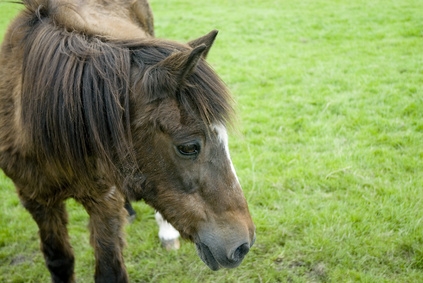 How to Put Weight on an Old Horse
How to Put Weight on an Old Horse
How
How to Put Weight on an Old Horse
How to Put Weight on an Old Horse
How
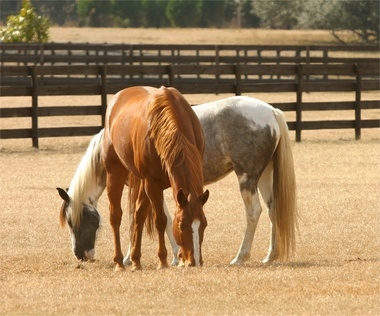 Horse Shelter Ideas
Horse Shelter Ideas
Horse Shelter Idea
Horse Shelter Ideas
Horse Shelter Ideas
Horse Shelter Idea
Copyright © 2005-2016 Pet Information All Rights Reserved
Contact us: www162date@outlook.com